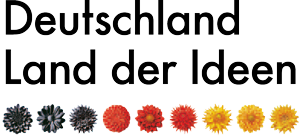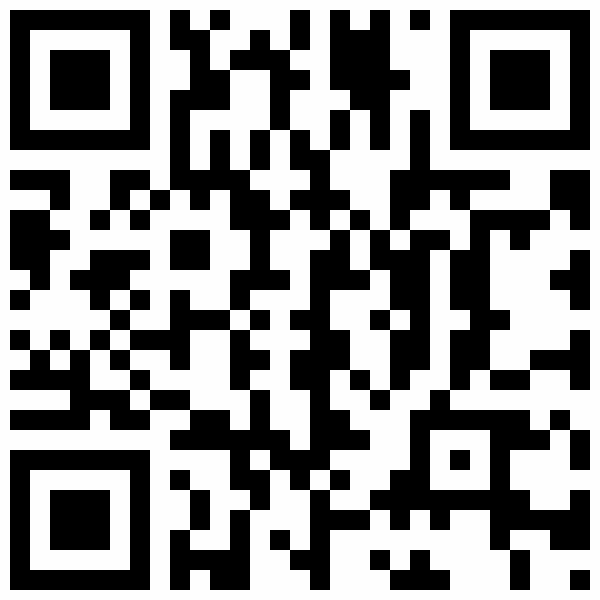Success Story:
Searching for common roots
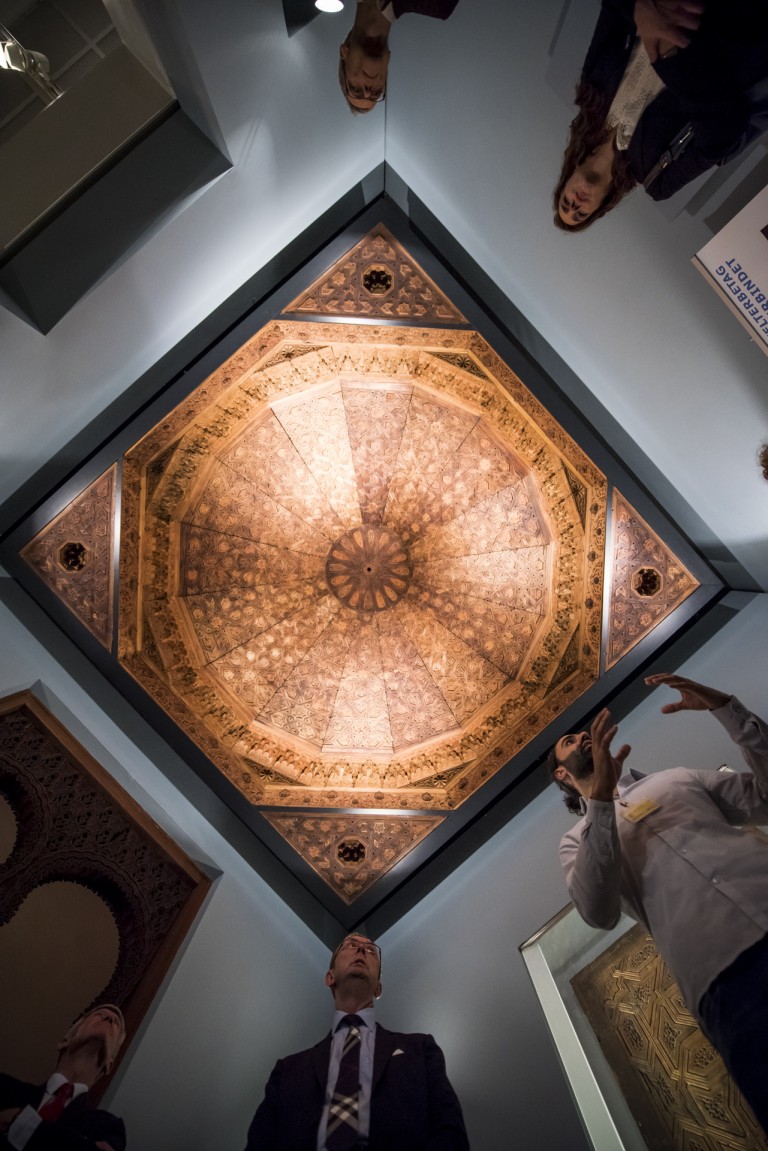
The Multaka refugee project, which was named a Landmark in the Land of Ideas in 2016, successfully offers opportunities for integration in and through Berlin museums. We were on site at the Museum of Islamic Art and talked with museum director, Prof. Dr. med. Stefan Weber and the project coordinators about the contribution Multaka makes to integration, and about the mission that museums have today in general.
It is Friday at noon, and an endless stream of visitors enters the Pergamon Museum, where we’ve arranged to meet museum director Prof. Dr. med. Stefan Weber and two Multaka coordinators and guides, Hussam Zahim Mohammed and Salma Jreige, right in the middle of the entrance hall. As we walk through the exhibition rooms looking for a suitable place for our interview, Weber exchanges cheerful chitchat with museum employees, stops at a children's art workshop, and examines the finished pictures – he is clearly the museum’s ‘papa’. Shortly afterwards, we have found a good place for our interview, right in front of the 1,300-year-old Mshatta façade.
Weber studied Islamic Studies with a focus on Islamic Art History and has served as Director of the Museum of Islamic Art since 2009. During the wave of migration in the summer of 2015, he and his colleagues asked themselves “What can well-educated people do when they find themselves at the bottom of the social ladder and have to start again from scratch?” An answer was soon found: Multaka.
“Multaka: Museum as Meeting Point – Refugees as Guides in Berlin Museums” is a collaborative project launched in December 2015 by the Museum of the Ancient Near East, the Museum of Islamic Art, the Sculpture Collection and Museum of Byzantine Art, and the German Historical Museum. It trains Syrians and Iraqis as museum guides to provide free guided tours of Berlin museums – in Arabic, for other displaced persons.
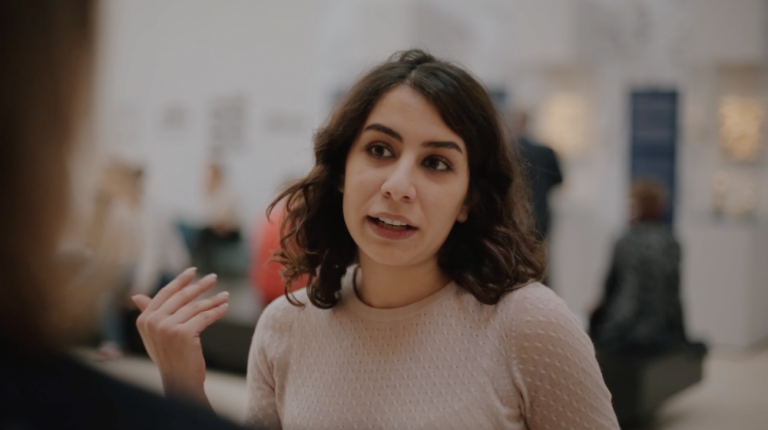
The guided tours of the participating institutions emphasise historical and cultural links between Germany, Syria and Iraq, so that visitors become active participants in the tour through the mutual dialogue about their old homeland. “When someone feels appreciated, i.e. involved rather than marginalized, it is much easier to integrate them into society,” says Weber. The idea is to create a cultural and social meeting point. Unsurprisingly, Multaka means ‘meeting point’ in Arabic.
But Multaka is much more than that, because it is based on a much more fundamental conception of integration and cultural identity. The museums – especially the Museum of Islamic Art – want to make it clear that “no culture ever emerged fully formed,” says Weber. The cultures of the Christian as well as Islamic Orient and Germany have always influenced one another. The exhibits tell stories of this. “The objects are carriers of migration,” explains Weber. They clearly show that stereotyped categories such as “us” and “them” are insufficient, because all humans are ‘hybrid beings’. “Truths are not simple, but diverse and complex,” says Weber, and this is exactly what the museums seek to convey.
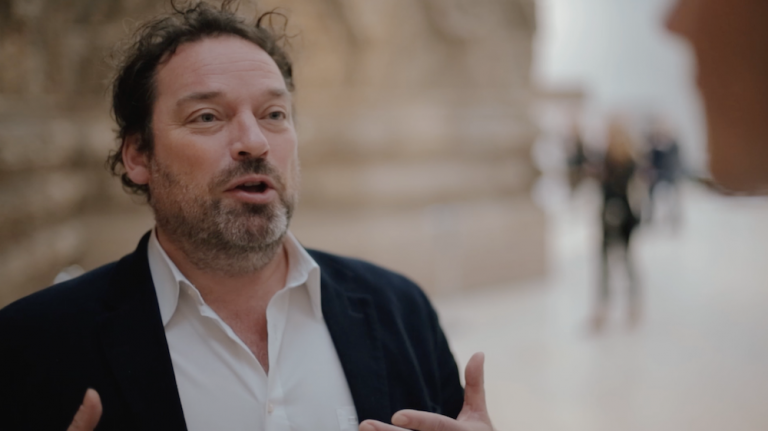
With this in mind, the academics withhold their interpretive authority and give the Multaka guides the opportunity to personalise their tours, rather than simply relating facts and figures. For instance, the guides can choose their own exhibits and link them with their own story. In this way, the guides pinpoint “the reality of life that the refugees themselves experienced.”
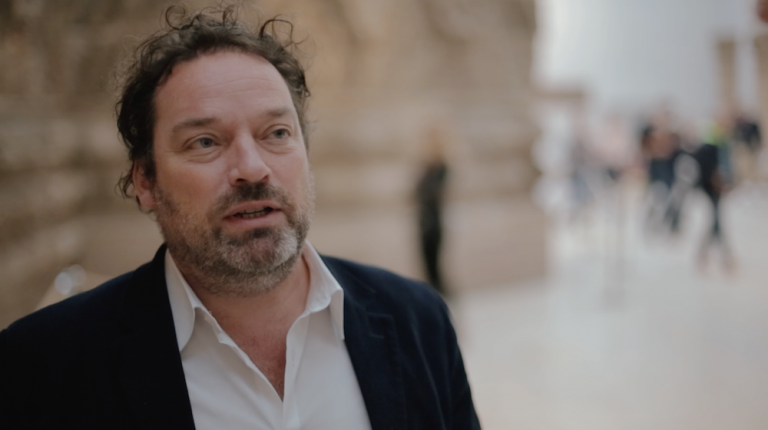
When people who have lost everything are given a sense of purpose and encouraged to participate, this not only enables participation, which is so necessary for democracy, but also boosts the refugees’ self-esteem. Weber explains: “If we give this more space right from the start, then that's good for our museums. This will enable us to accomplish a great task and – something that is very difficult for us – bring the past into the present.”
Two of these people, the two coordinators of the project, who also work as guides themselves, are now standing in front of our camera. Hussam, who came across the project via an ad at the Free University Berlin, says Multaka has enabled him to fulfil his dream of playing an active role in society. Salma, too, is happy that she now has a purpose she is working towards: “Everyone has a message to share,” she explains. Multaka gives her the opportunity to share her message through the museum exhibits.
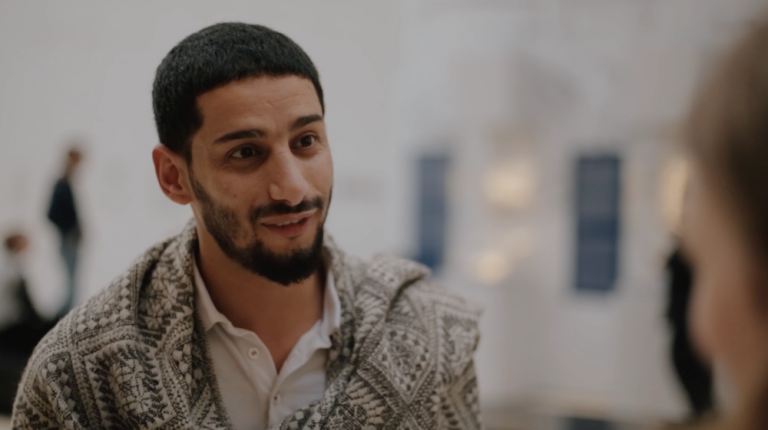
After the interview, Hussam leads us through the other rooms of the museum, stopping here and there to show us the impressive testimonies to bygone ages. His joy of sharing his knowledge and relating his experiences is clearly evident. Together, we finally leave the museum, full of new impressions and the realisation that Multaka is a truly exemplary project for integration in our country.
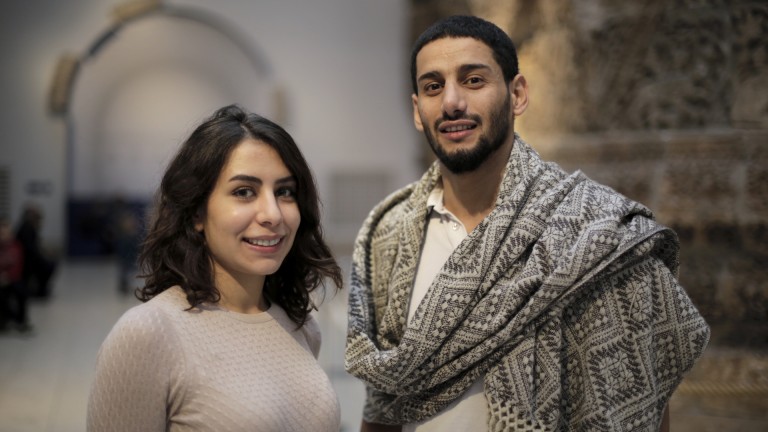
The project was named the National Winner 2016 in the ‘Culture’ category of the ‘Places of Excellence in the Land of Ideas’ competition.
More about Multaka

More about the competition
